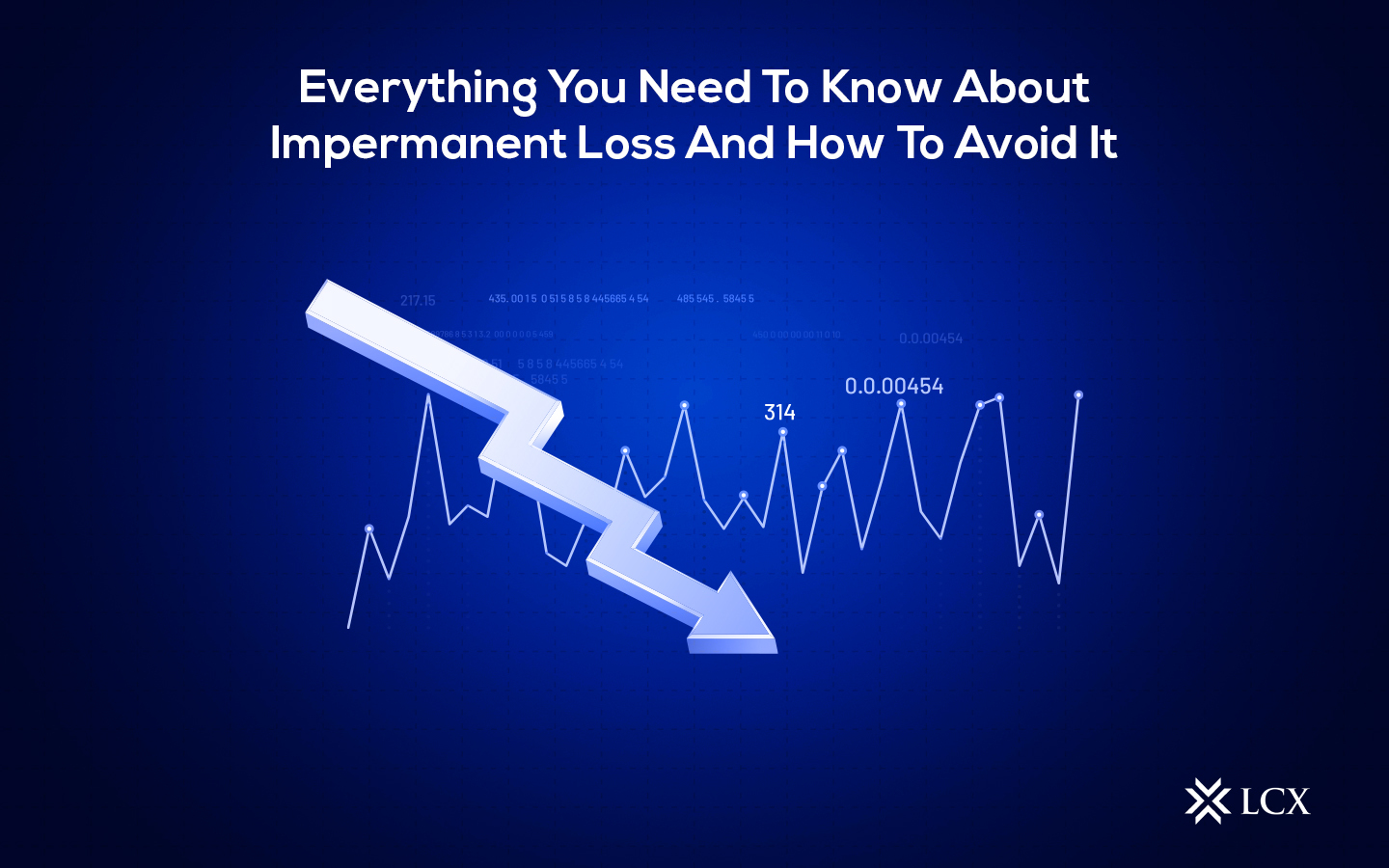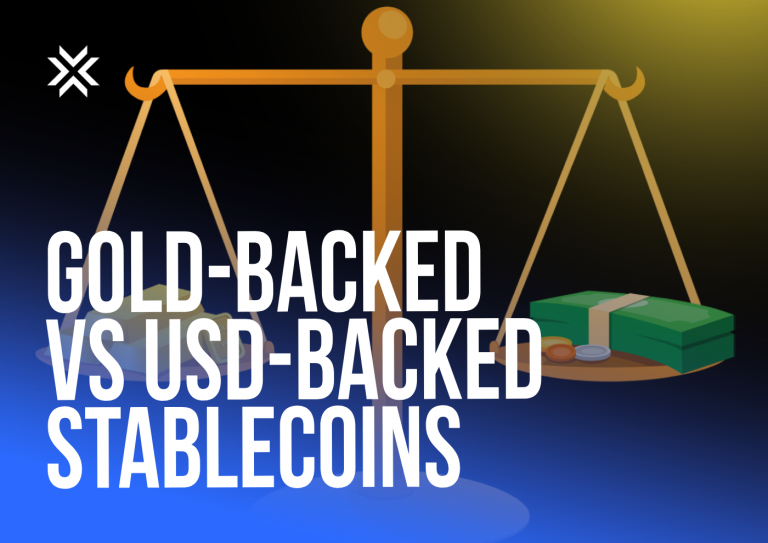In 2020, Liquidity Mining and yield farming were all the rage and provided a new and interesting way for people to earn passive income. The popularity of DeFi protocols is soaring. In terms of volume of transactions and liquidity, DeFi blue-chips like SushiSwap, PancakeSwap, or Uniswap have demonstrated dramatic increases.
DeFi offers a new way to utilize crypto assets and maximize profits. One such way is by providing liquidity to the Automated Market Makers (AMMs). If you’re new to the world of DeFi and don’t know about AMM, read it here. AMMs such as Uniswap and 1inch allow holders to deposit assets into liquidity pools, and they earn a percentage of the fees. Despite the benefits of DeFi staking, there are some risks associated with a liquidity pool (LP) including price dumps, rug pulls, APY taking a dive, etc. another important risk associated with this is “impermanent loss.”
What Is Impermanent Loss?
Impermanent loss is caused when the price of your tokens changes in comparison to the price at which they were deposited into the liquidity pool. The money you lost as a result of the price change is an impermanent loss. The greater the variation, the greater the impermanent loss. It is termed as “impermanent” loss because cryptos can return to the price at which they were deposited resulting in no loss, and LPs receive 100% of the trading fees.
A liquidity protocol based on automated market makers (AMMs) often results in a loss when two different cryptocurrencies are deposited. The loss is experienced when you withdraw assets from an AMM liquidity pool at a later date when their value has dramatically changed. Nevertheless, there are some scenarios where you would gain money instead of losing it because of positive price fluctuations.
You can only learn about impermanent losses after withdrawing your funds from a liquidity pool. Any estimated loss on assets in a liquidity pool would only exist on paper until withdrawal. Depending on the market movement, the losses could be recovered entirely or reduced in a substantial manner in the long run.
Working Mechanism of the Impermanent Loss
To understand how impermanent losses work, you would need a practical example. Impermanent loss usually influences LP where Liquidity is achieved by staking equal amounts of different tokens, which produces LP tokens.
For example, John deposits 1 ETH and 1000 USDC into a liquidity pool on XYZ automated market maker (AMM) so that both tokens have the same value. Accordingly, the value of 1 ETH is equal to 1000 USDC at the time of deposit. Thus, John deposits nearly 2000 USD at the time of deposit.
Imagine the liquidity pool has 10,000 USDC and 10 ETH, a 50:50 ratio. Here, the liquidity provider receives around 10% of the transactions from the liquidity pool. Tokens could be redeemed at any time by liquidity providers by redeeming their 10% shares in the pool.
Assume the market fluctuates and the price of ethereum increases, resulting in 1 ETH being equal to 4000 USDC. Now the ratio of Ethereum and USDC has changed. Now, if John wants to pull out his money out of the liquidity pool, he will receive a 10% share of the pool. So, he is able to withdraw 0.5 ETH and 2000 USDC, a total of 4000 USD. John deposits assets worth 2000 USD at the time of deposit and now he made double the amount deposited. However this isn’t the case if John would have held his 1 ETH and 1000 USDC, the valuation of his assets would be 5000 USD by now. It is clear to see that the liquidity provider has incurred an impermanent loss of $1000. The loss would have been greater if the ratio of the pool had been bigger.
How to Avoid Impermanent Loss?
Due to the volatility of crypto prices, impermanent losses are unavoidable. However, you can avoid them. The following steps can assist you in avoiding the troubles associated with impermanent losses.
- Stablecoins are the best way to guard against impermanent losses. In addition to their low volatility, stablecoins offer low arbitrage opportunities, thus reducing the risks. However, an LP holding stablecoins cannot benefit from the crypto market’s growth as well.
- Avoid Volatile LPs and Pairs: Pick pairs with a low volatility history instead of cryptos that have an unstable or volatile history. Same goes with LPs, liquidity pools with volatile assets are more prone to IL. For those seeking to avoid impermanent loss, avoiding volatile liquidity pools is a wise move.
- The cryptocurrency market is highly volatile. Therefore, it is nothing unusual if deposited assets increase or decrease in value. It is crucial, however, for LPs to know when to withdraw their cryptocurrency before the price diverges too far from the initial value.
- DeFi does not exclusively offer liquidity through two-token liquidity pools, it also includes single token staking pools; since no ratio balancing is performed between two assets, there is no Impermanent Loss in such a pool.
Providing Liquidity at Uniswap V3
The Uniswap v3 allows LP’s to concentrate their capital within custom price ranges, allowing them to obtain greater liquidity at desired prices. LPs on Uniswap V3 offer numerous advantages including optimized capital efficiency, which allows LPs to earn more for supplying capital to traders while also facilitating more efficient execution prices.
Uniswap V3 enables LPs to select among three fee tiers including 0.05%, 0.3%, or 1%.
0.05% fee tier: Token pairs that trade at a fixed or highly correlated rate can benefit from the 0.05% fee tier. These pools have minimal price risk for LPs and minimal fees for traders.
0.3% fee tier: The lower fee tier is suitable for token pairs with low correlation, such as the ETH-DAI token pair, whose price is subject to substantial price swings both upwards and downwards. The higher fee compensates LPs for the increased risk they take relative to stablecoin LPs.
1.0% fee tier: The 1.00% fee tier is designed for exotic assets and high price risk. These types of assets are especially susceptible to extreme price movements.
LPs can trade our LCX/ETH pair at Uniswap and reap juicy rewards, the LCX/ETH pair falls under 1% fee tier and enables liquidity providers to maximize their profits. Trade LCX/ETH at Uniswap: https://info.uniswap.org/#/pools/0x5aaa28ca43c6646fd1403e508f0fca1d92357dde
Zooming Out
Liquidity mining can yield lucrative rewards. However, high returns are often associated with higher risks. With the growth of AMMs, impermanent loss is becoming a more common phenomenon. It is prudent for investors to consider carefully before adding liquidity to a pool in order to avoid the risk of permanent loss.









